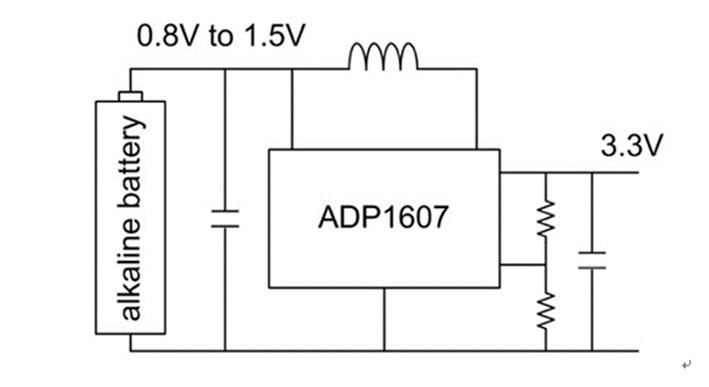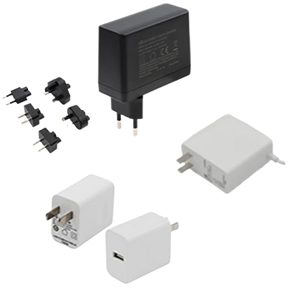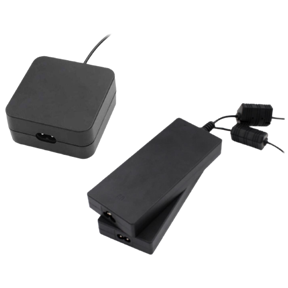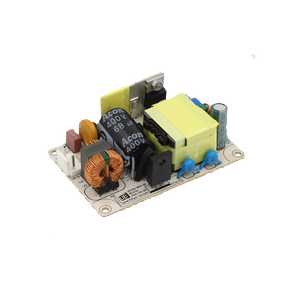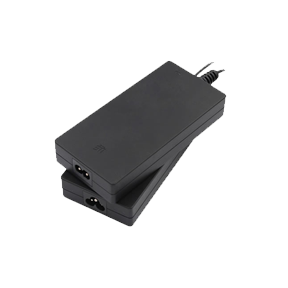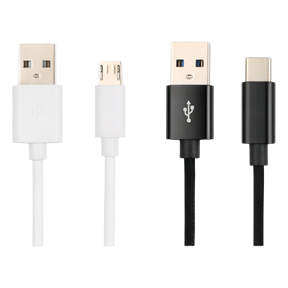Management application of medical power supply in various fields--Home health care
Different healthcare applications have different requirements for power management solutions. As far as power management is concerned, healthcare is a very interesting market area. Although the design cycle of healthcare products is very long, high-level innovations continue to stimulate demand for healthcare electronics. These innovative products not only replace the old equipment, but are also used in new markets and applications, which did not exist a few years ago. This article will discuss four different healthcare application areas. They are home healthcare, instrumentation, patient monitoring and imaging applications.
Home health care
There are a lot of design practices in home healthcare. The pressure of aging on a global scale, the growth of economic power, and technological innovation have brought many new applications to the field of family healthcare. For patients, the benefits include: greater flexibility, better service, and fewer meetings with doctors. Although the home healthcare market has long existed, consumer-oriented and increasingly advanced solutions have only recently emerged. Examples of such solutions are: sports monitors, blood pressure monitors, and heart rate monitors. In addition, portable blood analyzers and pulse oximeter systems have also entered the field of home healthcare.
From the perspective of power management, all these systems require high integration due to the necessary portability. For truly portable products, they will be battery-powered, so the system is required to have high power efficiency. In such applications, lower power consumption can extend the working time of the device without the need to charge or replace the battery. Finally, cost is also a very important parameter. Although in some other healthcare applications, the cost of a power management solution may not be a critical parameter, it is very important in home healthcare. Cost constraints have a profound impact on today's consumer electronics market.
Figure 1 shows the power supply chain using a lithium-ion rechargeable battery system. This power architecture ensures that some parts of the circuit can be turned off by a load switch (such as ADP190), while another part of the circuit that supplies power to the real-time clock (RTC) is always on (such as ADP160). When turned on, the ADP190 has less than 2? A ground current, while the ADP160 only consumes about 560nA of power supply current at no load. This feature keeps the permanent discharge of the battery to a minimum. ADP2140 is a highly integrated step-down switching regulator with integrated linear regulator. This power management unit can save space and cost.
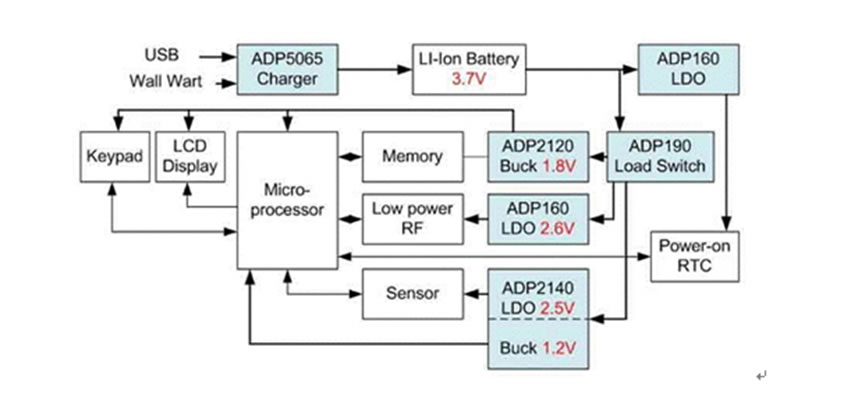
Figure 1: typical power chain of portable battery-powered home health care equipment.
Some low-cost portable healthcare systems for short-term use may be designed as non-rechargeable alkaline batteries. Compared with the common dual battery design, the use of a single battery will have more advantages in terms of weight and cost. The problem faced by a single alkaline battery system is that the battery voltage range is only 0.8 V to 1.5 V. In order to supply power to electronic equipment, a step-up regulator that can handle low input voltage with high energy efficiency must be used. Figure 2 shows this type of application using the ADP1607 as the first step of power conversion. This circuit can generate 3.3V voltage, which meets most system requirements.
